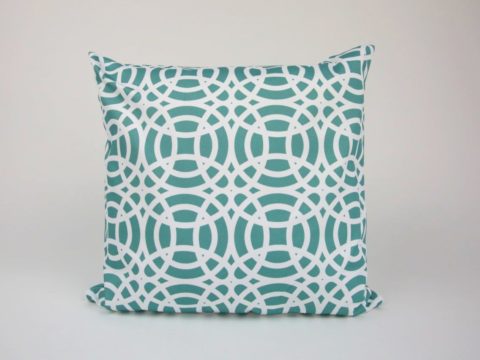The Palace
Hampton Court is closely associated in most people’s minds with the Tudor monarchy – it is the backdrop to Henry VIII’s courtship of Anne Boleyn; the location of the birth of Edward VI and the death of his mother, Jane Seymour; the palace where Mary I waited in vain for the child that never came; and the scene of Elizabeth I’s battle with small-pox. That, however, is only part of its story. Russell’s panoramic work places the eighty-odd years of Tudor residence in the much longer context of Hampton Court’s life-span, weaving the palace into an overview of public life in a remarkable fashion, mixing architecture, social commentary, politics, diplomacy, and scandal over five centuries.
Russell describes the house’s early years, the grandiose plans of Wolsey, overshadowed by the extravagant extensions of Henry VIII, the glittering entertainments of Queen Anne of Denmark, the louche court of Charles II from which Queen Catherine of Braganza escaped to quietude at Hampton Court, the intrigues of the Hanoverian family dysfunction, and the later role of Hampton Court as home to an eclectic group of pensioners, as widely diverse as Michael Faraday and Grand Duchess Xenia, sister of the last tsar of Russia.
The author achieves a conjuring trick that I wish I could emulate. Just like a magician taking one small handkerchief out of a hat, which then turns into a colourful stream of scarves, Russell takes a small scene at Hampton Court, and builds it out into a comprehensive explanation of a social and political phenomenon without it ever seeming forced. Take the case of the Tosiers, chocolatiers to George II. They had facilities at Hampton Court for making the royal hot chocolate, which is extended by Russell into a discussion of the rise in popularity of hot drinks and the expansion of the coffee houses.
As some of the jacket quotes note, there is plenty of scandal in here – the complex sex-lives of Charles II’s mistresses and illegitimate children left me wondering whether the Stuart courtiers did anything other than hide in each other’s wardrobes as the lovers slipped between bedrooms. Despite this, the content is never gratuitously crude, it is all in context, and, at heart, is related to the politics of the people and the palace.
One of the most interesting aspects of the work is the introduction of Irish politics, so often neglected by Anglo-centric historians. The complexities of the Irish religious and political situation in the seventeenth and eighteenth centuries, and the interplay with English and European politics (in the person of William III, prince of Orange as well as king of England) are explored. Any explanation of Irish matters is fraught with difficulty as the sectarian issues are still so close to the surface but Russell handles the situation so well that, although I know he is from Northern Ireland, I cannot determine from this book whether he is of ‘green’ or ‘orange’ heritage.
All in all, this is an outstanding book. Highly recommended!
Tudor Times received a review copy from the publisher.


